
The Business of Fashion
Agenda-setting intelligence, analysis and advice for the global fashion community.

Agenda-setting intelligence, analysis and advice for the global fashion community.
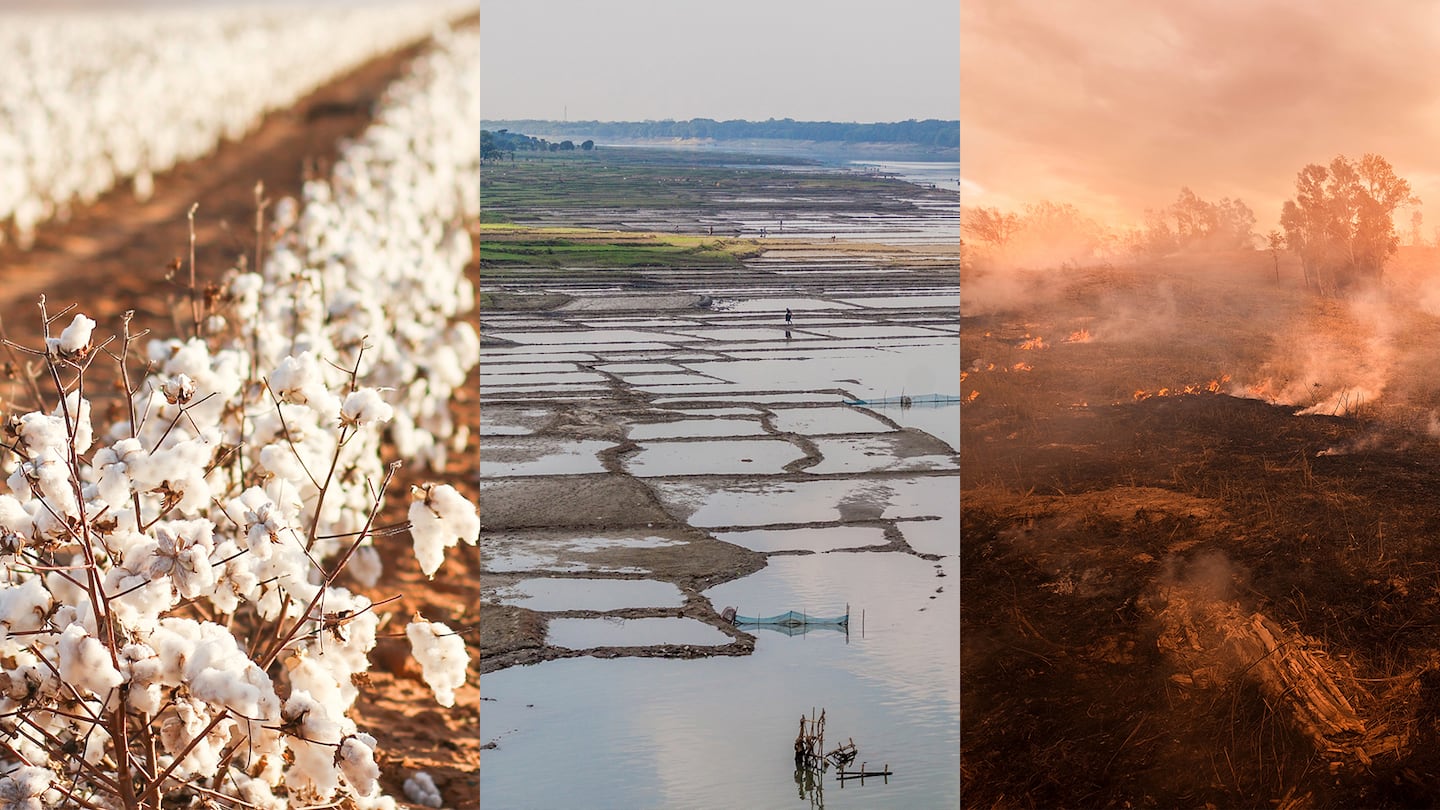
Fashion has been talking about sustainability for years, but with the urgency of the climate crisis increasingly visible and workers continuing to bear the brunt of global economic uncertainty, 2022 exposed the gulf that still exists between talk and actual change. In fact, widespread inaction at the world’s biggest fashion companies eclipses what progress has been made, BoF’s second annual Sustainability Index found.
There are pockets of movement, from the booming market for material innovation, to growing interest in services like resale and repair, which help keep clothes in circulation for longer. But this year has also tested their potential to really move the needle, as innovative new materials like plant-based leathers faced their own greenwashing reckoning and secondhand platforms became fast fashion’s hottest new accessory.
Perhaps the biggest shift of all this year has been a burgeoning regulatory crackdown on both sides of the Atlantic. European authorities have put big brands and retailers under the microscope for their green marketing claims, while California’s statewide ban on toxic “forever chemicals” underscored just how many brands still use hazardous substances to make their clothes. With scrutiny of the industry continuing to grow, the push to regulate fashion promises to continue its momentum into 2023.

Can Fashion Stop Greenwashing?: Big brands are changing the way they talk about sustainability following a regulatory crackdown in Europe. But exactly how companies should be required to substantiate their eco-marketing claims remains hotly debated.
ADVERTISEMENT
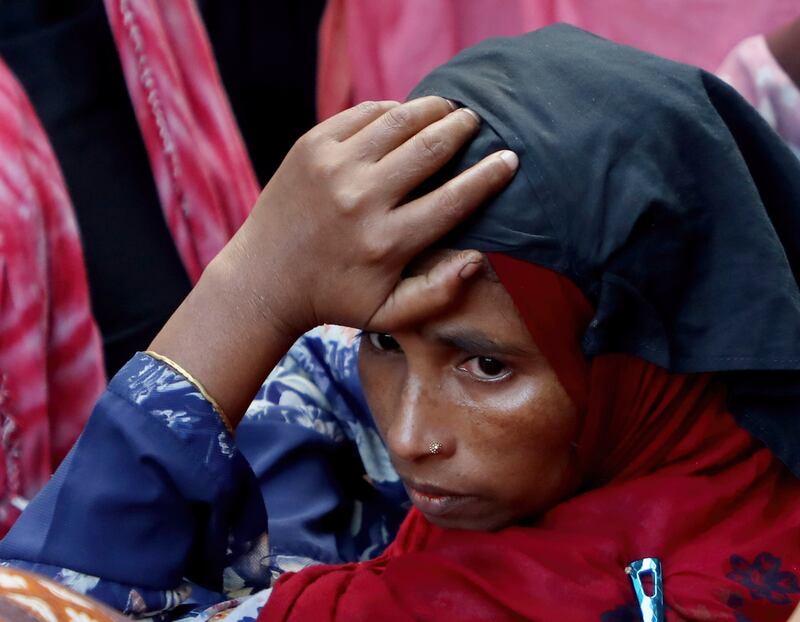
’How Can We Live?’: For Garment Workers, It’s Worse Than the Pandemic: Rising living costs and increasingly precarious work are trapping the low-wage workers who power the fashion industry in a crushing squeeze, Sarah Kent reports from Dhaka.
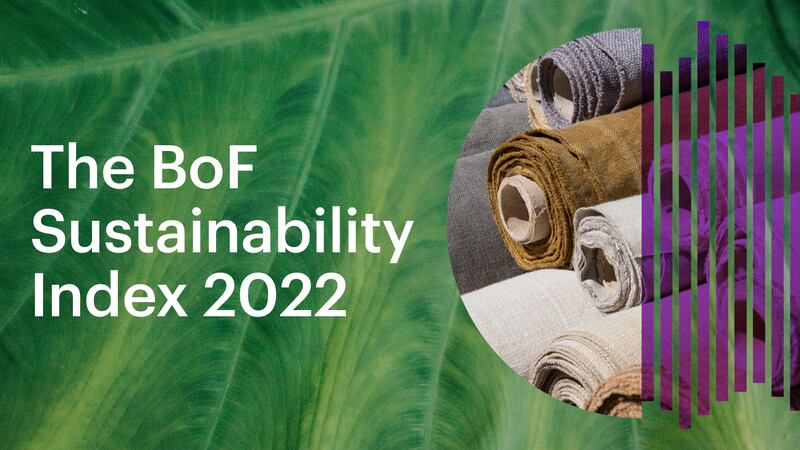
Widespread Inaction on Sustainability Eclipses Progress at Fashion’s Biggest Companies: Efforts to transform the fashion industry in line with global ambitions to curb climate change and establish more responsible business practices by 2030 have yet to gain sufficient momentum, The BoF Sustainability Index 2022 finds.

The Truth About ‘Vegan Leather’: Leather alternatives have been boosted as eco-innovation and dismissed as mere plastic, but the truth is more complicated than that and demands clearer marketing to avoid misleading consumers.

Why Repair Services Are a Growing Business: Brands are stepping up in-store offerings and investors have bet millions on start-ups in the space as interest in sustainability and resale boosts demand to keep clothes in good condition for longer.
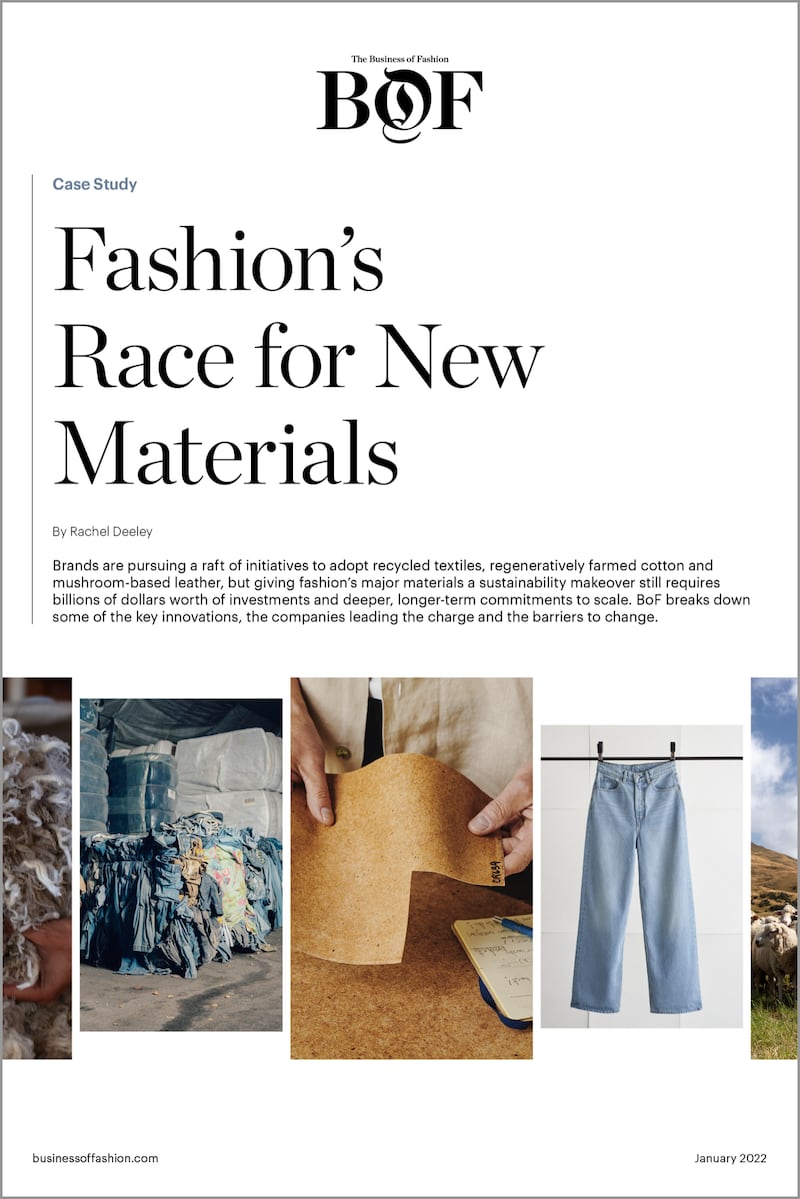
Fashion’s Race for New Materials — Download the Case Study: Brands are pursuing a raft of initiatives to adopt recycled textiles, regeneratively farmed cotton and mushroom-based leather, but giving fashion’s major materials a sustainability makeover still requires billions of dollars worth of investments and deeper, longer-term commitments to scale. BoF breaks down some of the key innovations, the companies leading the charge and the barriers to change.
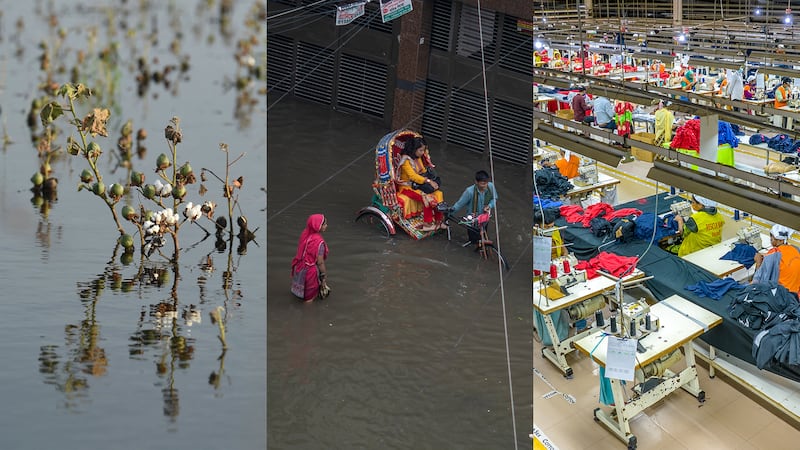
What Are Fashion’s Climate Risks?: Efforts to stave off catastrophic climate change are failing, reports from the UN’s COP27 climate summit show. From cotton yields to forced labour, here’s what that means for fashion.

Why Fashion Still Uses Toxic ‘Forever Chemicals’: Brands from Canada Goose to Patagonia still rely on PFAS for performance attributes like waterproofing.
The outerwear company is set to start selling wetsuits made in part by harvesting materials from old ones.
The trial of Colombian designer Nancy Gonzalez for smuggling alligator and snakeskin handbags into the US shone a rare public spotlight on the trade in the exotic skins used for some of fashion’s most expensive and controversial products.
Europe’s Parliament has signed off rules that will make brands more accountable for what happens in their supply chains, ban products made with forced labour and set new environmental standards for the design and disposal of products.
Fashion’s biggest sustainable cotton certifier said it found no evidence of non-compliance at farms covered by its standard, but acknowledged weaknesses in its monitoring approach.